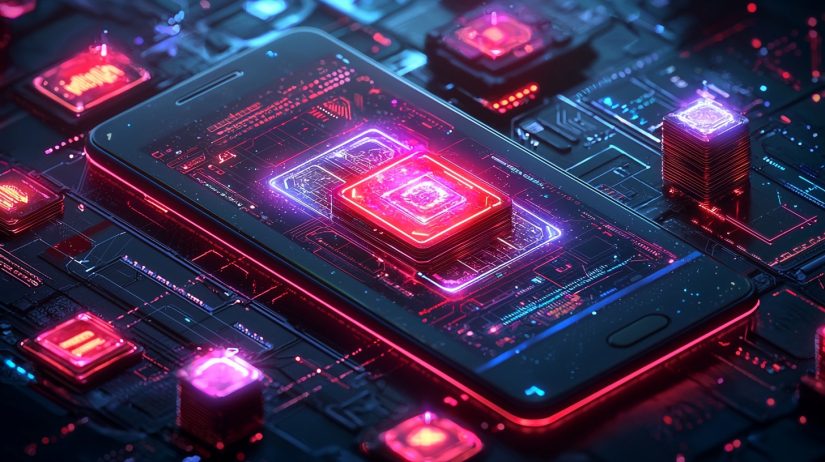How NFTs are changing the gaming industry
NFTs (Non-Fungible Tokens) are revolutionizing digital ownership by guaranteeing the uniqueness and authenticity of virtual assets through blockchain technology. This innovation is steadily gaining traction in the Web3 gaming industry, paving the way for new economic models. NFT-based games empower players to own and trade virtual items beyond traditional platforms, fundamentally reshaping interactions between players and developers.
As NFTs intersect with blockchain solutions, tools like Swap Cryptocurrency become increasingly relevant. With platforms like Symbiosis, players can swap their crypto instantly, securely, and at the best rates, enabling seamless transactions within NFT-based ecosystems.
In this article, we delve into the advantages of NFTs, the obstacles they face, criticisms from the community, and their potential future. Our analysis highlights their growing influence on the video game industry and explores emerging trends set to shape the next phase of gaming.
Understanding NFTs and their role in video games
NFTs are changing how digital assets are managed, especially in video games, by giving players real ownership of their virtual items. Built on blockchain technology, NFTs ensure transparency and security through specific standards.
What are NFTs and how do they work?
NFTs have three core traits: they are unique, indivisible, and traceable:
- Uniqueness ensures each token is one-of-a-kind.
- Indivisibility means NFTs can’t be divided into smaller units.
- Traceability allows ownership tracking and verification of authenticity.
Blockchain technology powers NFTs through an immutable ledger that records transactions. Standards like ERC-721 and ERC-1155 define how NFTs are created and traded on Ethereum. While ERC-721 supports unique tokens, ERC-1155 allows managing multiple assets in one smart contract.
Unlike traditional in-game items controlled by publishers, NFTs give players true ownership. Publishers can’t delete or restrict these assets, and players can sell, transfer, or even use their NFTs in other games.
The history of NFT integration in video games
NFTs entered gaming in 2017 with CryptoKitties, a game featuring collectible digital cats as NFTs. Its popularity exposed limitations in early blockchain networks, such as Ethereum’s congestion.

The Play-to-Earn model showcased NFTs’ gaming potential:
- Axie infinity let players earn cryptocurrency by battling NFT-based creatures.
- The sandbox allowed buying, selling, and trading digital land as NFTs.
These games demonstrated how NFTs could build self-sustaining in-game economies.
Traditional publishers are exploring NFTs too. Ubisoft launched Quartz, a platform for NFT integration, while Square Enix has invested in blockchain projects and plans to use NFTs in future titles.
The benefits of NFTs in gaming
NFTs are transforming gaming with new economic opportunities, true asset ownership, and cross-game functionality.
Digital ownership and asset scarcity
NFTs provide verifiable ownership through blockchain, ensuring that items belong solely to their holder. Unlike traditional in-game assets, NFT items remain accessible even if the game shuts down. Players can freely sell or transfer their NFTs, creating a dynamic secondary market.
In-game items like skins or weapons gain real-world value based on rarity and utility, turning games into thriving economic ecosystems.
New economic models: Play-to-Earn and monetization
The Play-to-Earn model lets players monetize their time by earning NFTs or tokens that can be exchanged for cryptocurrency.
Developers and creators also benefit by selling unique items directly to players, reducing platform fees and fostering innovation.
NFTs boost engagement by enabling asset resale and investment in in-game economies, strengthening community loyalty and involvement.
Interoperability and asset portability across games
NFTs pave the way for an interconnected metaverse, where players use the same digital items across multiple games. Projects like Enjin and The Sandbox are exploring this, enabling interoperable items.
However, challenges remain. Each game operates with unique rules and engines, making universal NFT compatibility complex. This has led studios to approach full adoption with caution.

